Name John Walker | Role Chemist | |
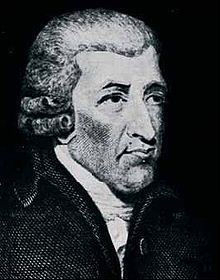 | ||
Books The Day-book of John Walker Inventor of Friction Matches: Annotated Extracts | ||
John walker of stockton on tees inventor of the friction match
John Walker (29 May 1781 – 1 May 1859) invented the friction match.
Contents
- John walker of stockton on tees inventor of the friction match
- Becoming an inventor john walker shadow dancing author
- Life
- The Friction Match
- References
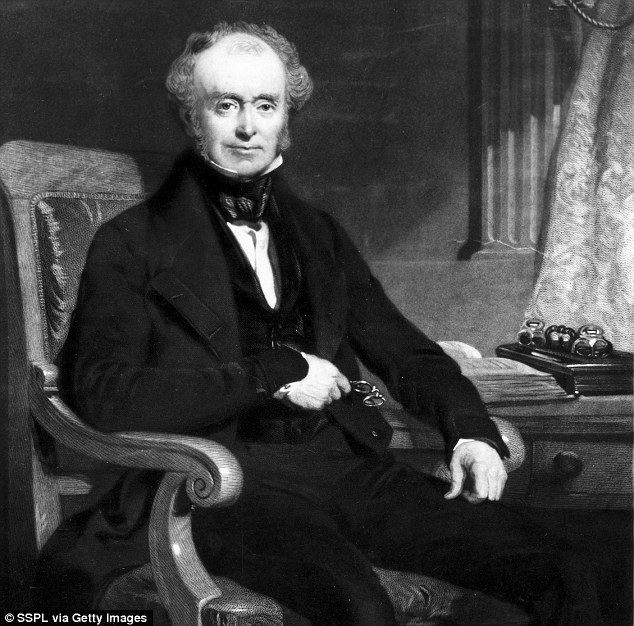
Becoming an inventor john walker shadow dancing author
Life
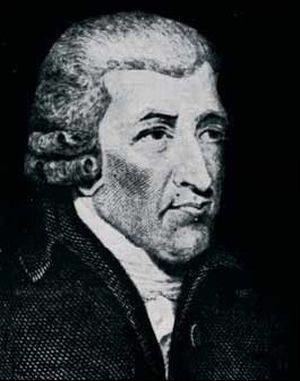
Walker was born in Stockton-on-Tees, County Durham, on 1781. He went to the local grammar school and was afterwards apprenticed to Watson Alcock, the principal surgeon of the town serving him as an assistant. He had, however, an aversion to surgical operations, and had to leave the profession, turning instead to chemistry. After studying at Durham and York, he set up a small business as a chemist and druggist at 59 High Street, Stockton, around 1818. Walker died in Stockton on May 1, 1859 and was buried in the grounds of St Mary's Church in Norton, near Stockton. The first friction match was invented in 1669 and it was tested by Hennig Brandt. In 1817 a French chemist created what he called the Ethereal Match. And by 1827 John Walker conducted a test in his laboratory. When he was conducting this experiment he stirred a mixture of antimony sulfide, potassium chlorate, gum, and starch. Walker realized he had created something of interest. When he went to show the people to make sure it was a safe idea he showed them the idea and one of the people there was Samuel Jones. Jones realized the invention’s commercial potential, set up a match business in London, and cleverly named his product “Lucifers.” The term persisted as slang in the 20th Century. Lucifers caught on, and following their introduction in London, tobacco smoking of all kinds greatly increased.
The Friction Match
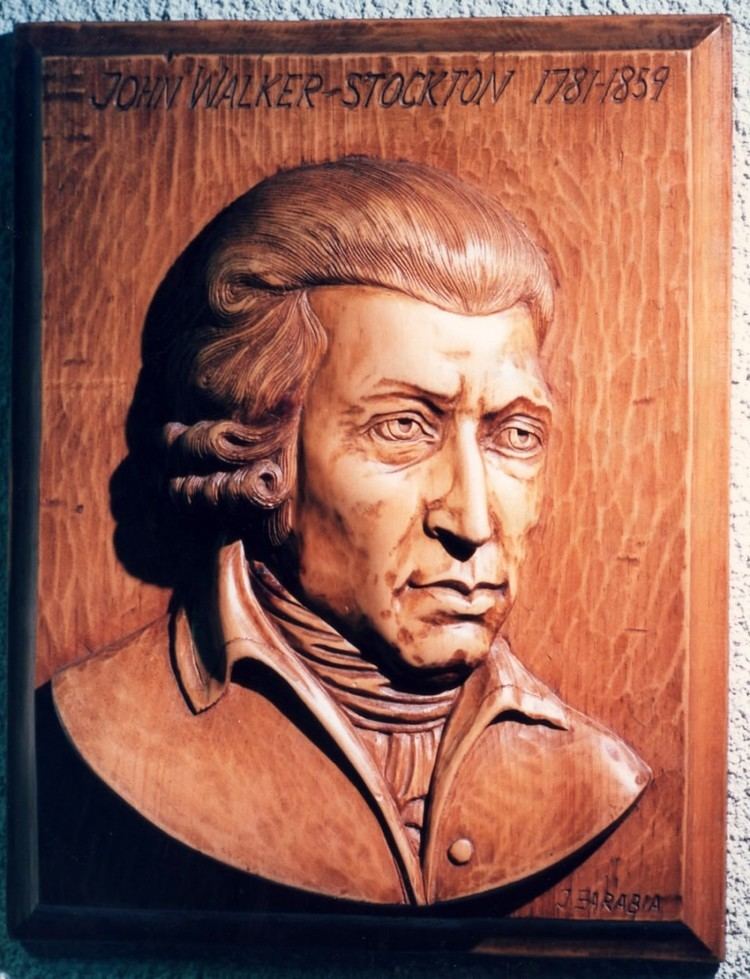
He developed a keen interest in trying to find a means of obtaining fire easily. Several chemical mixtures were already known which would ignite by a sudden explosion, but it had not been found possible to transmit the flame to a slow-burning substance like wood. While Walker was preparing a lighting mixture on one occasion, a match which had been dipped in it took fire by an accidental friction upon the hearth. He at once appreciated the practical value of the discovery, and started making friction matches. They consisted of wooden splints or sticks of cardboard coated with sulphur and tipped with a mixture of sulphide of antimony, chlorate of potash, and gum, the sulphur serving to communicate the flame to the wood.
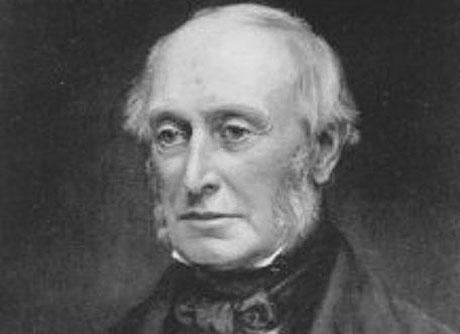
The price of a box of 50 matches was one shilling. With each box was supplied a piece of sandpaper, folded double, through which the match had to be drawn to ignite it. He named the matches "Congreves" in honour of the inventor and rocket pioneer, Sir William Congreve. He did not divulge the exact composition of his matches.
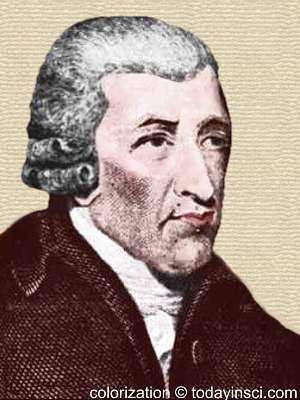
Two and a half years after Walker's invention was made public, Isaac Holden arrived, independently, at the same idea of coating wooden splinters with sulphur. The exact date of his discovery, according to his own statement, was October 1829. Previously to this date, Walker's sales-book contains an account of no fewer than 250 sales of friction matches, the first entry bearing the date 7 April 1827. Already comfortably well off, he refused to patent his invention, despite being encouraged to by Michael Faraday and others, making it freely available for anyone to make. He received neither fame nor wealth for his invention, although he was able to retire some years later. The credit for his invention was attributed only after his death.

Following the ideas laid out by the French chemist, Charles Sauria, who in 1830 invented the first phosphorus-based match by replacing the antimony sulfide in Walker’s matches with white phosphorus, matches were first patented in the United States in 1836, in Massachusetts, being smaller in size and safer to use. White phosphorus was later banned for public usage because of its toxicity. Today's modern matches were created by the Swedish chemist, Gustaf Erik Pasch.
